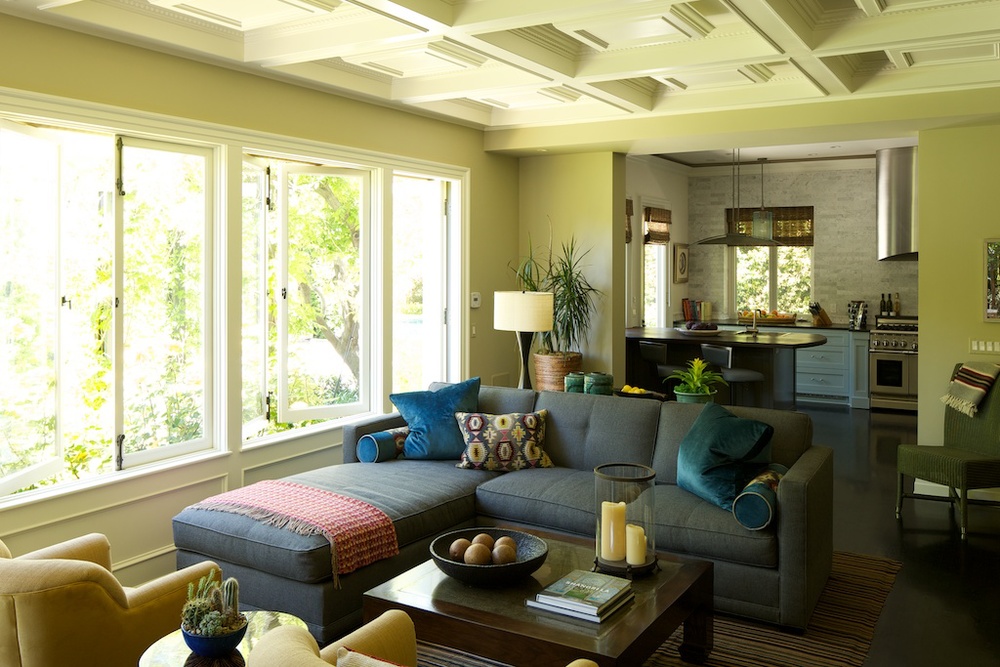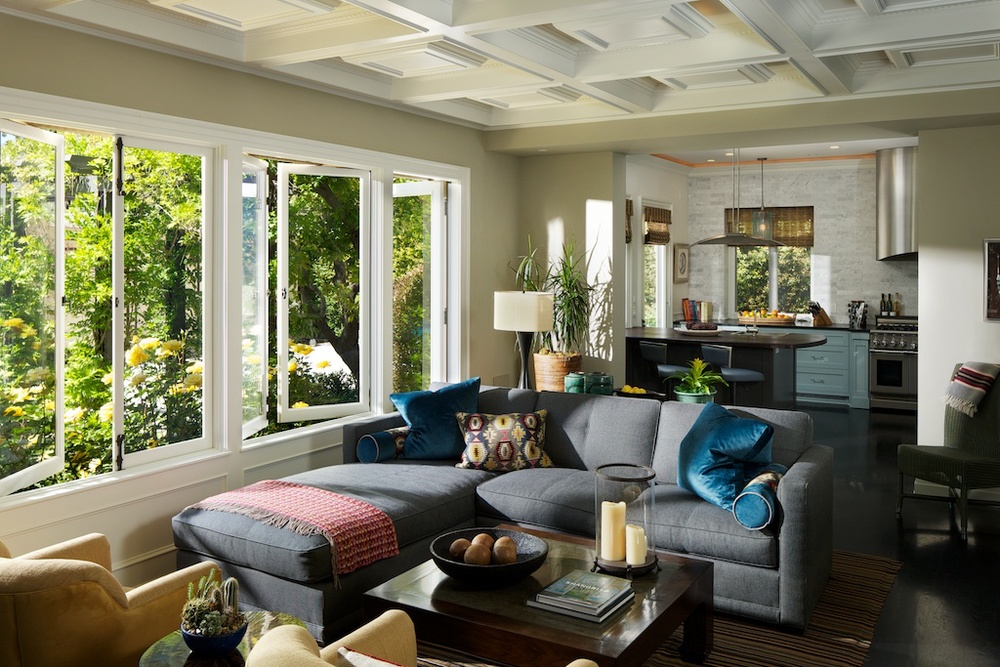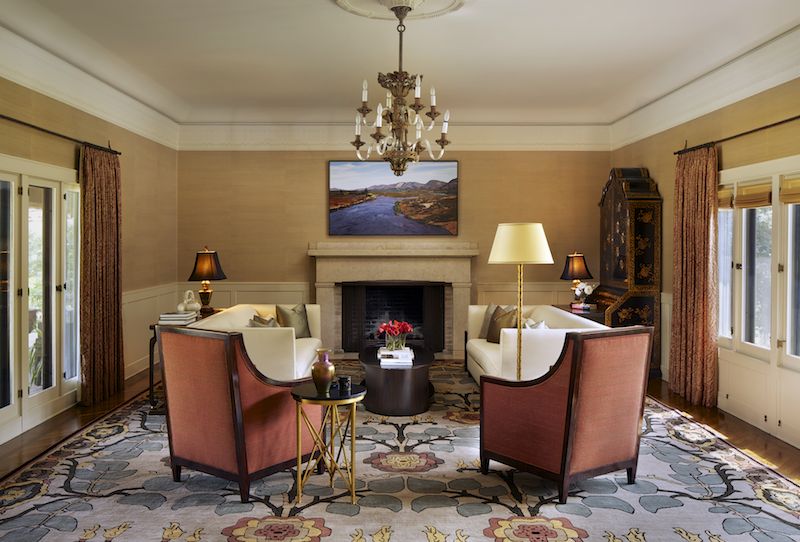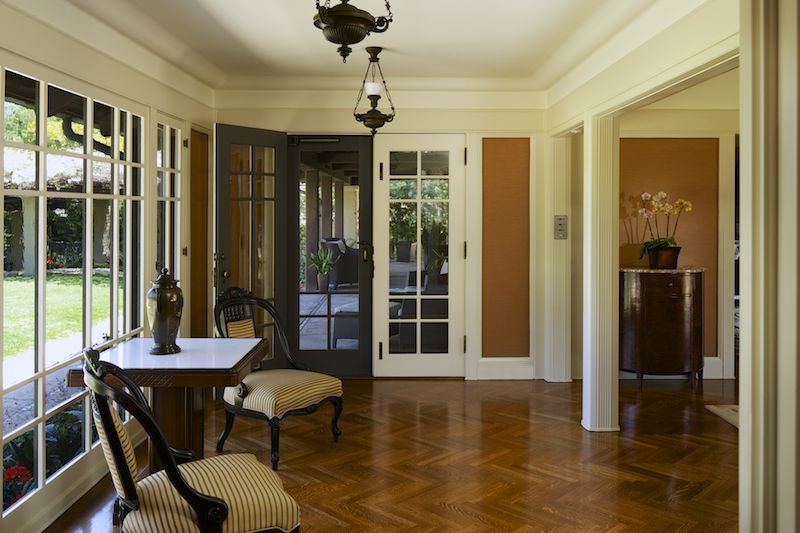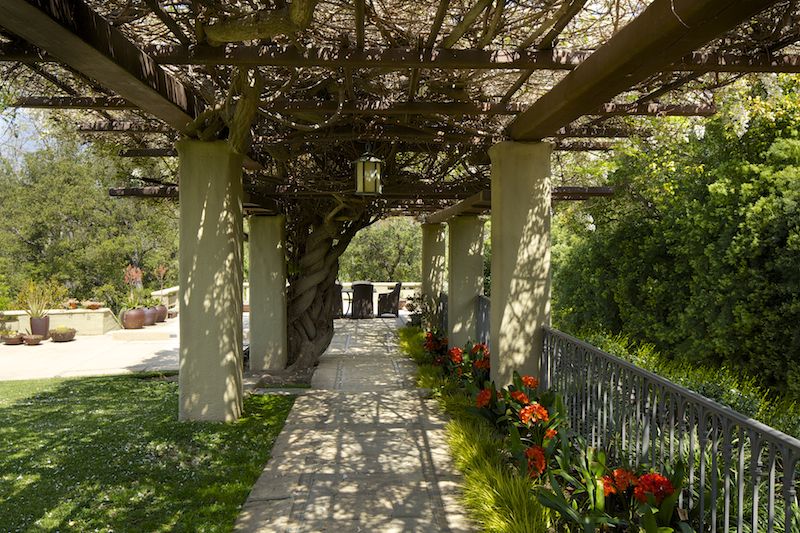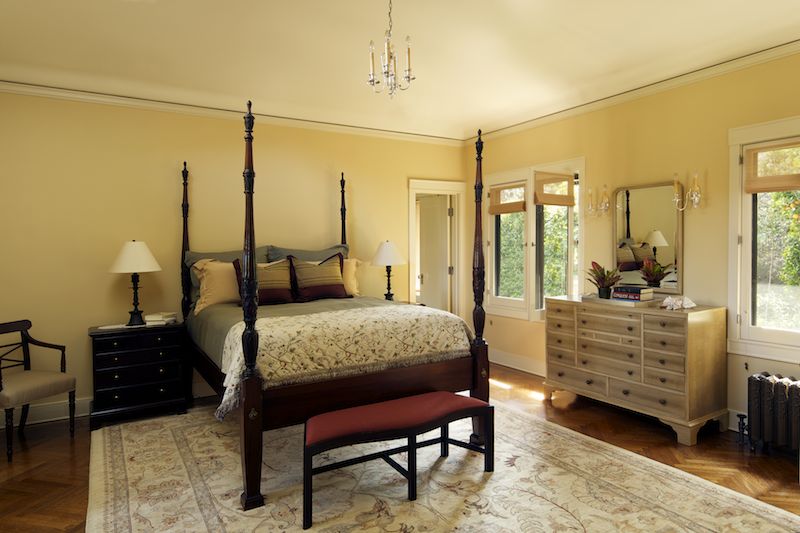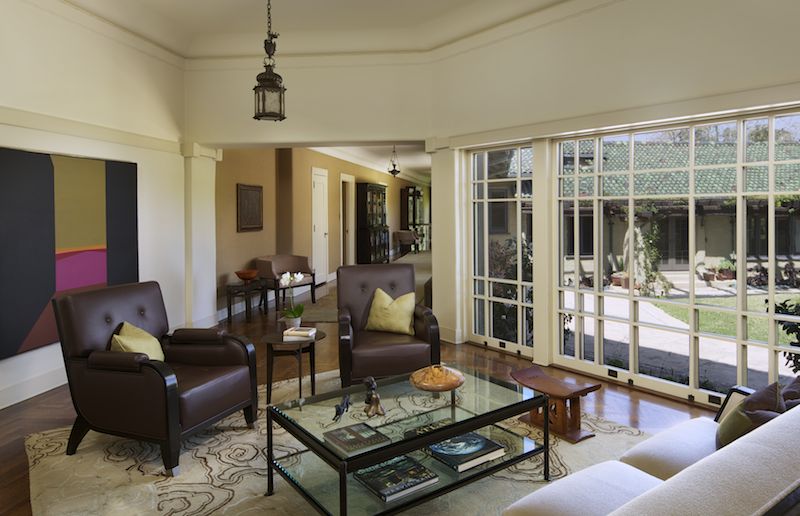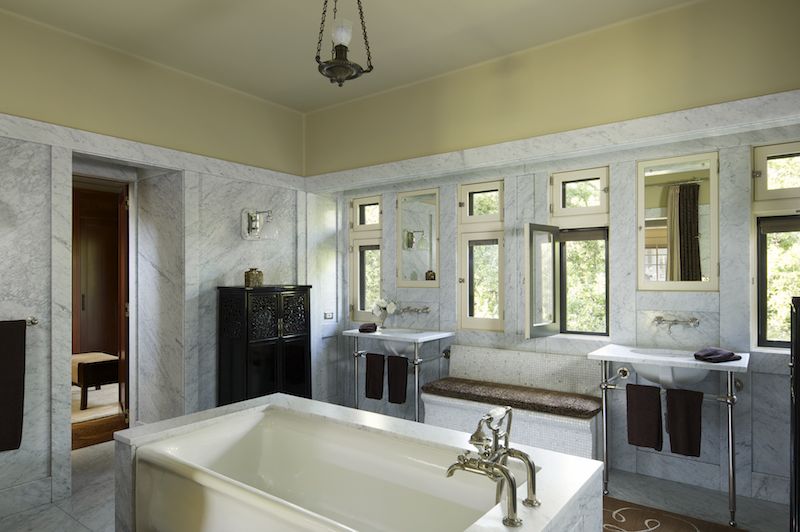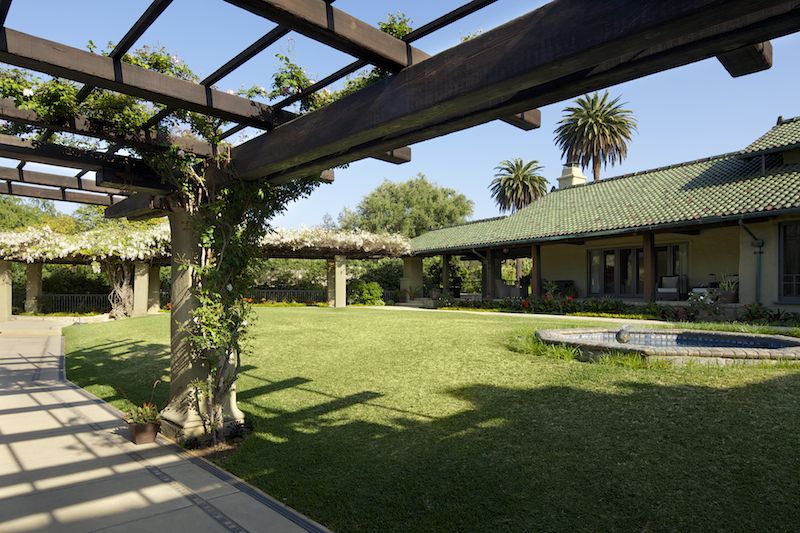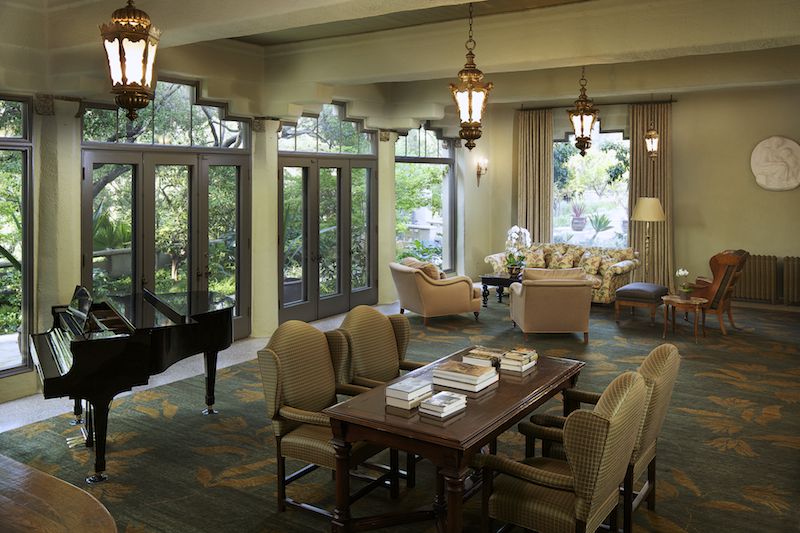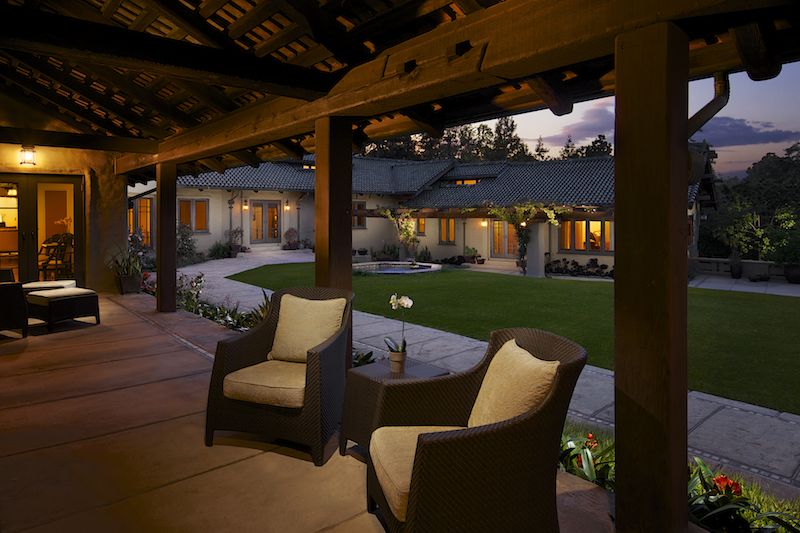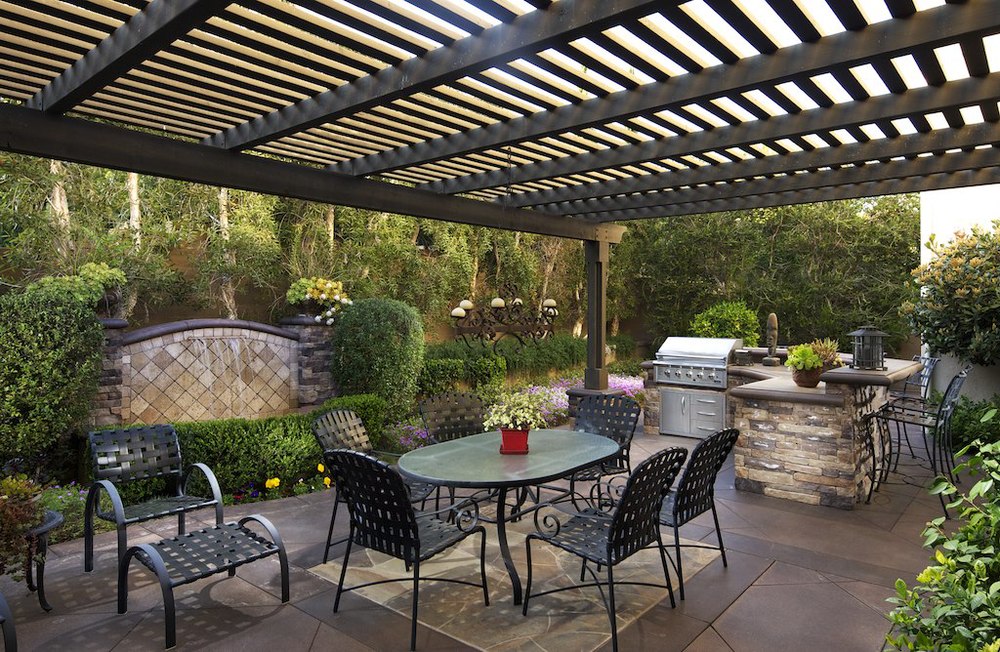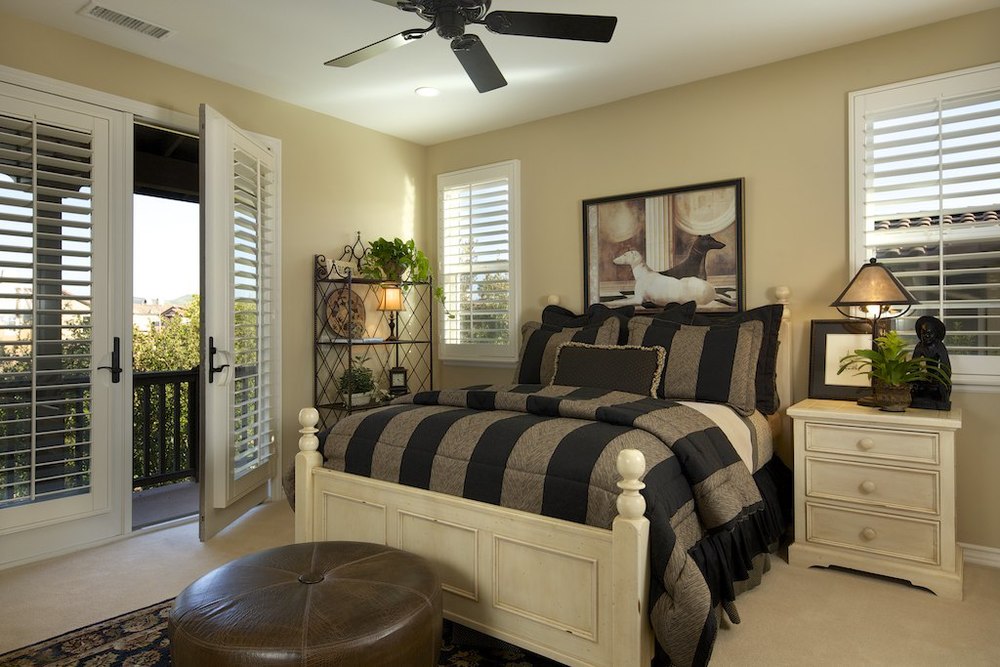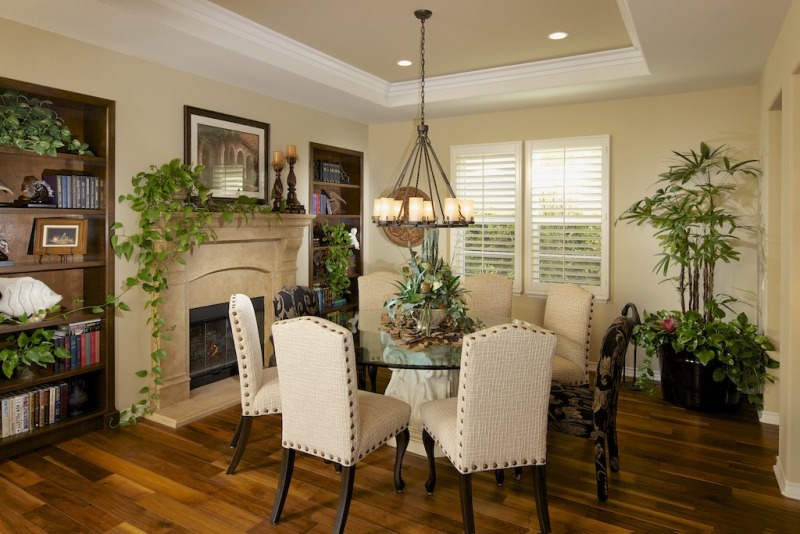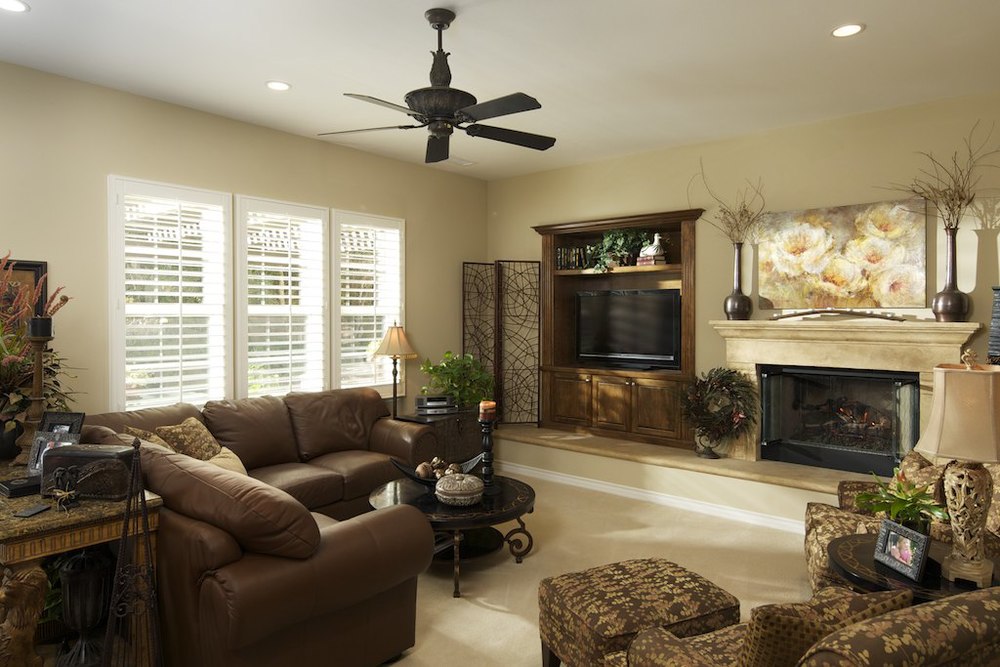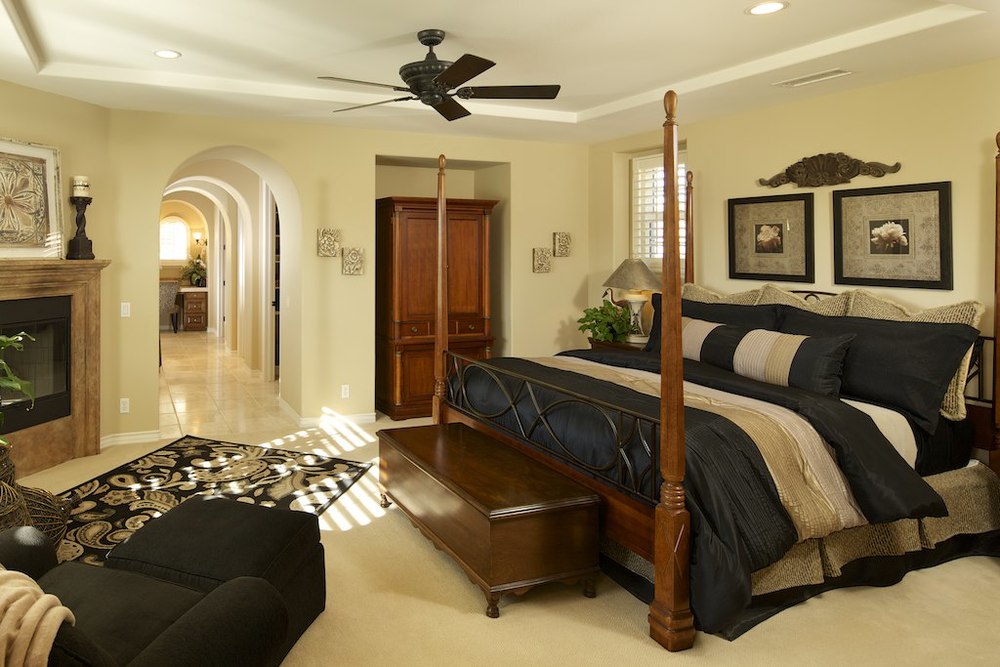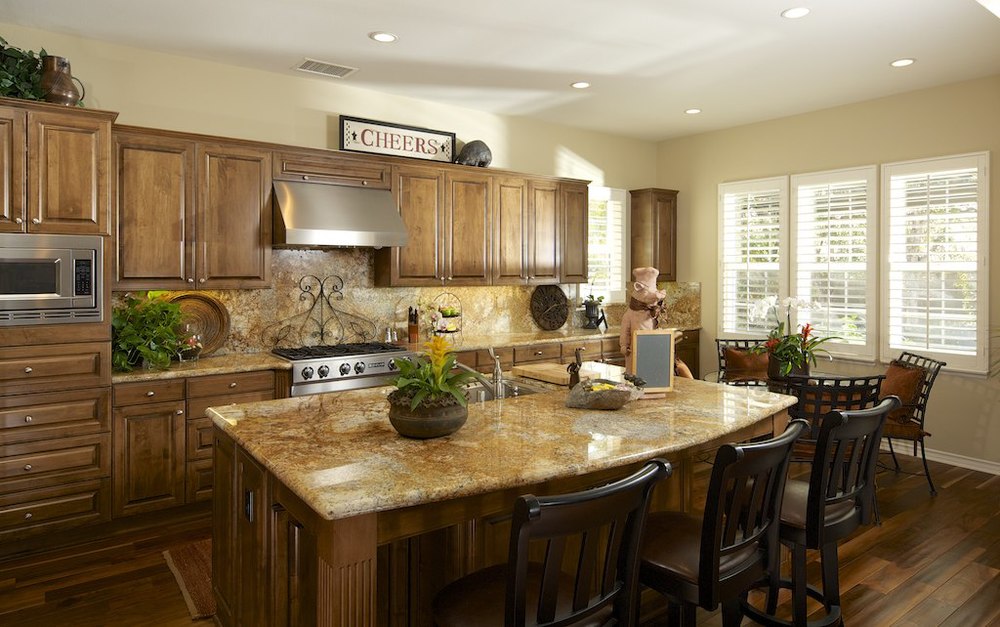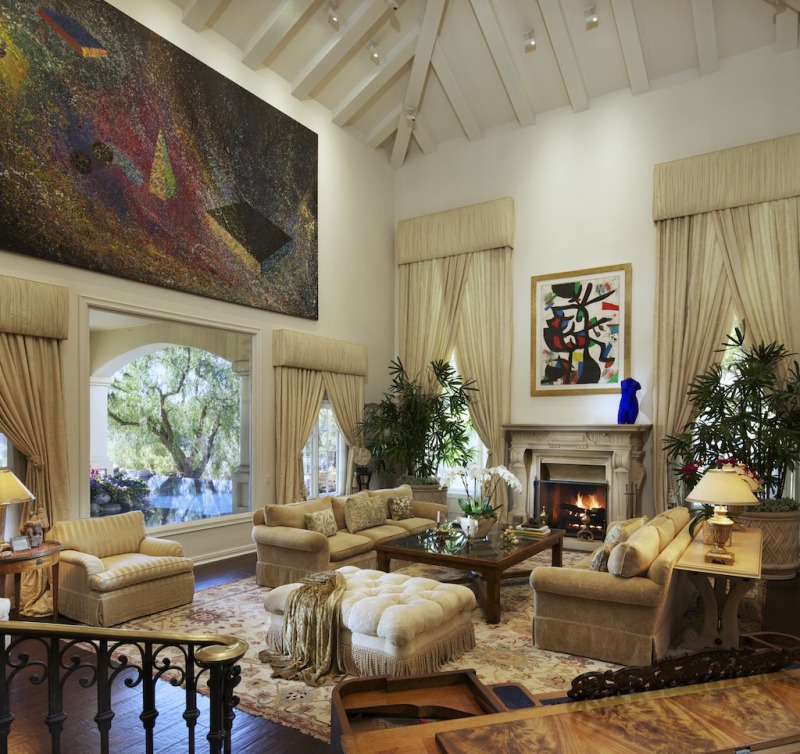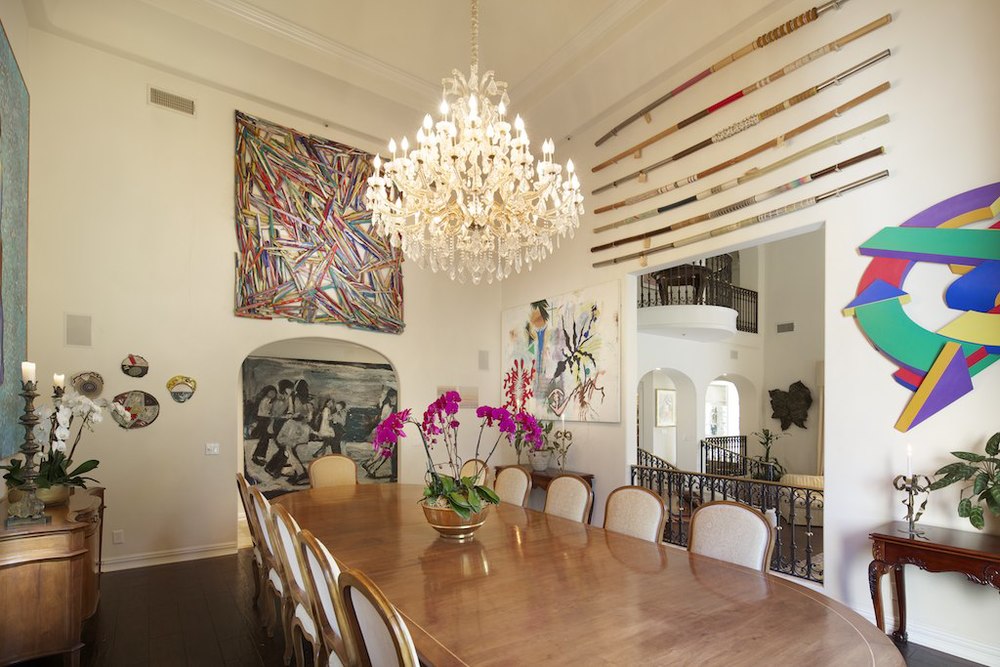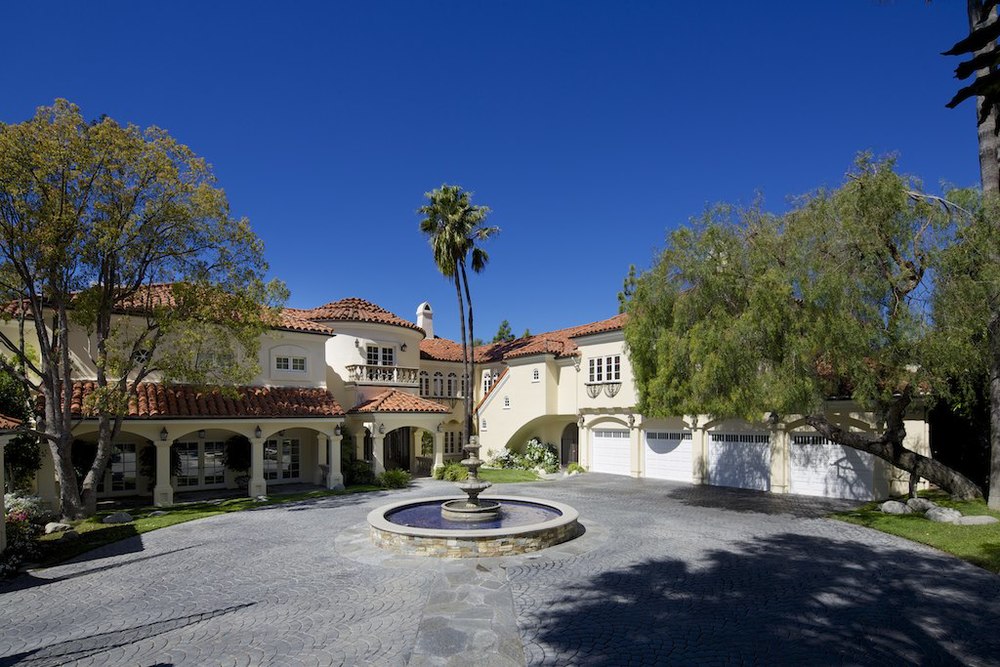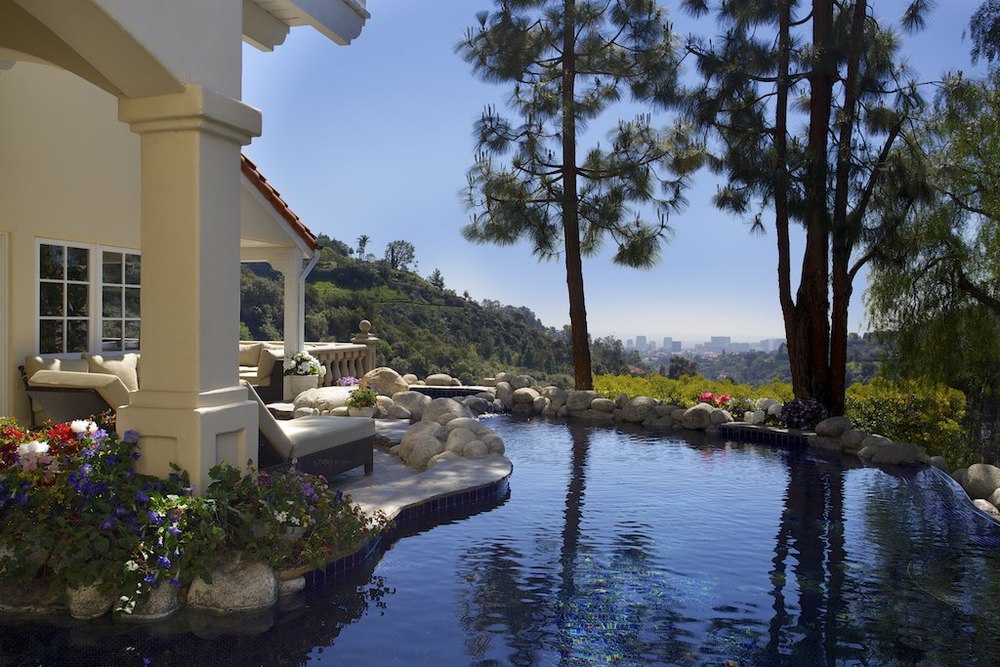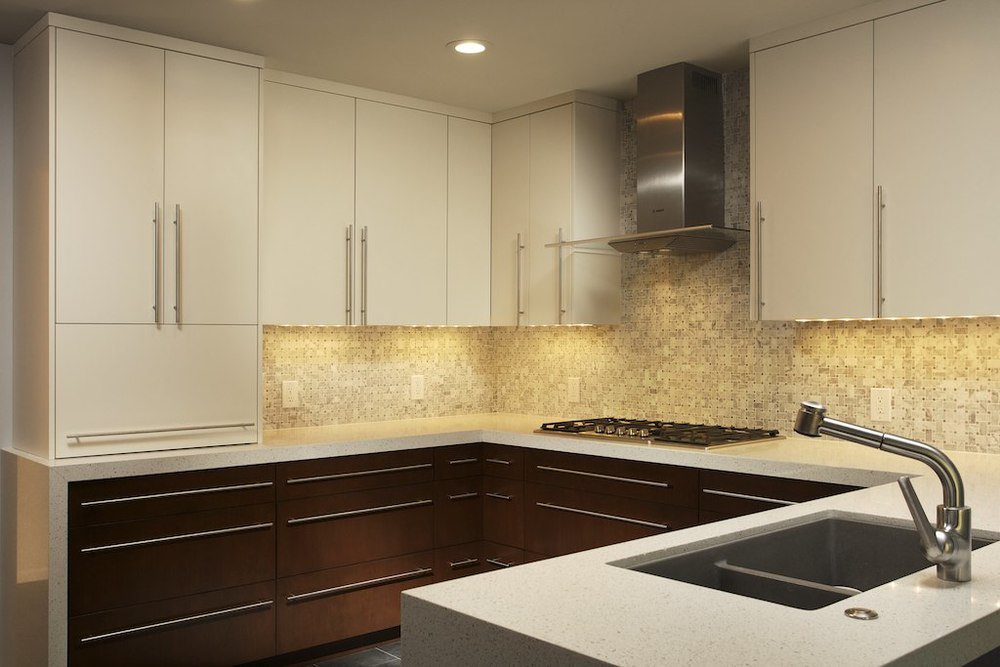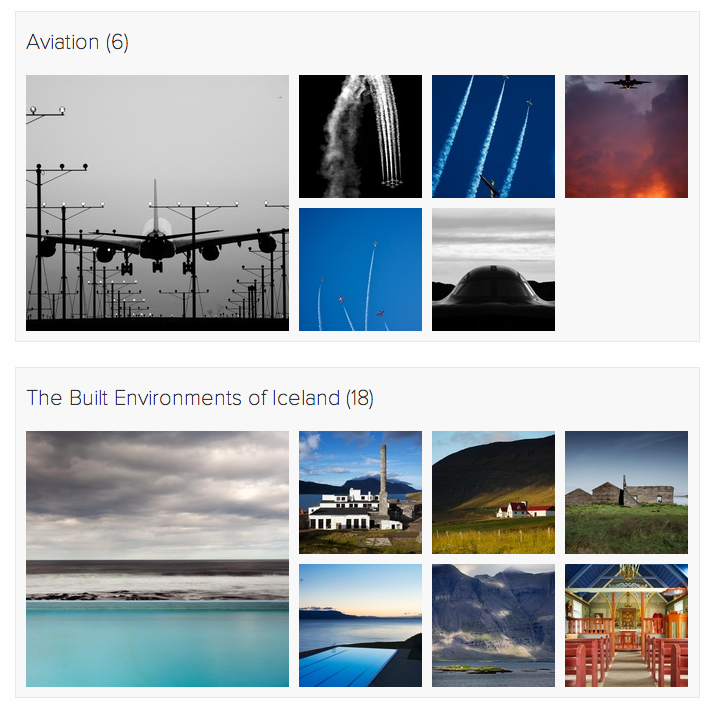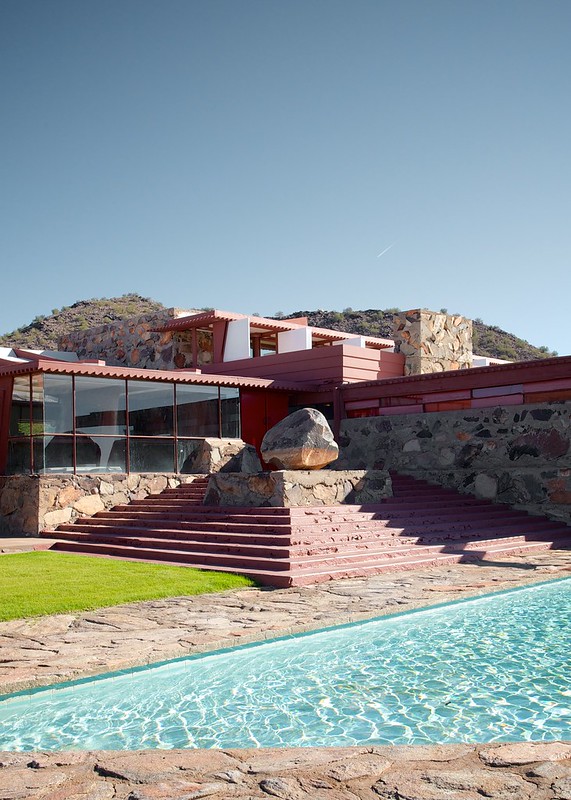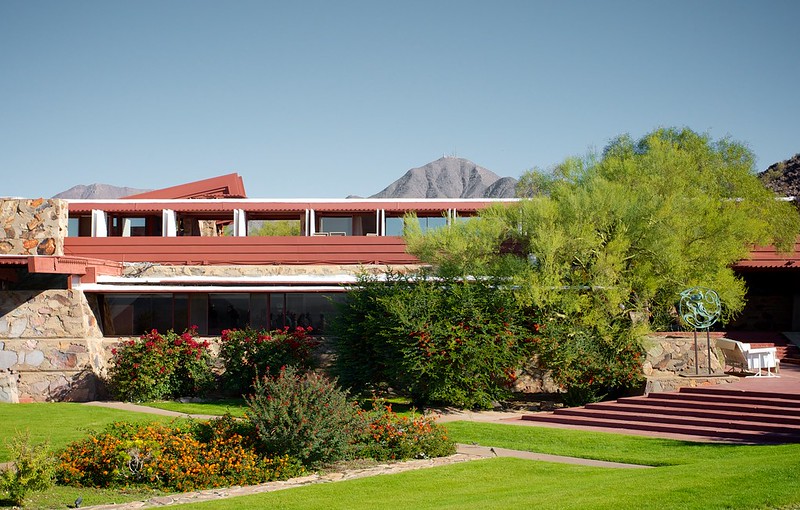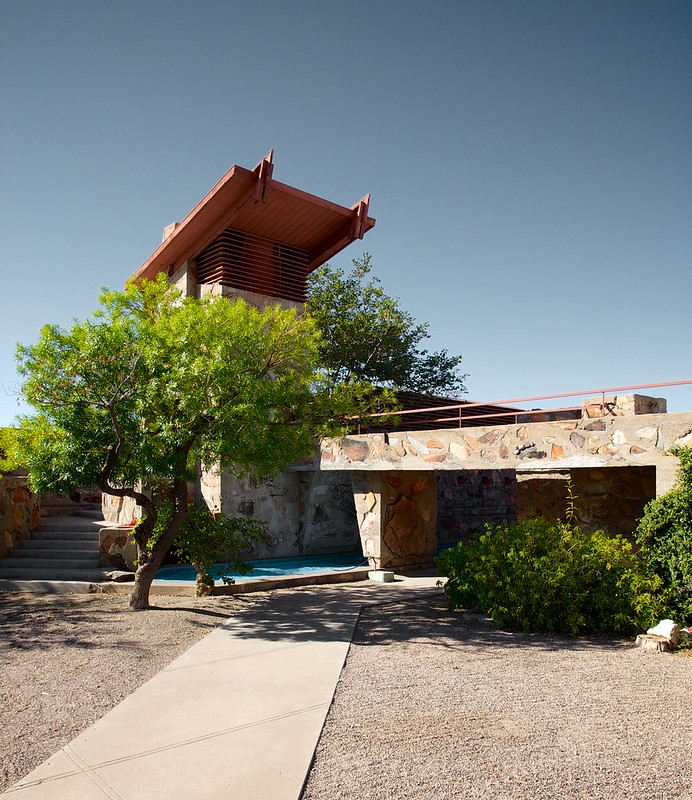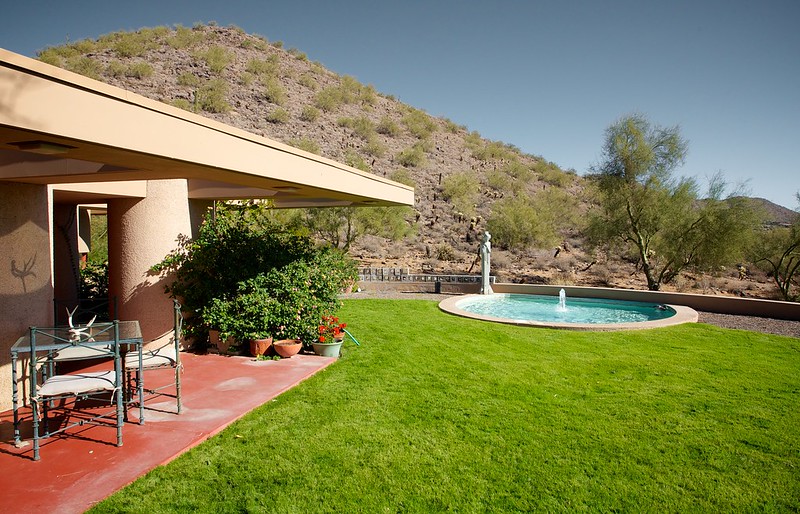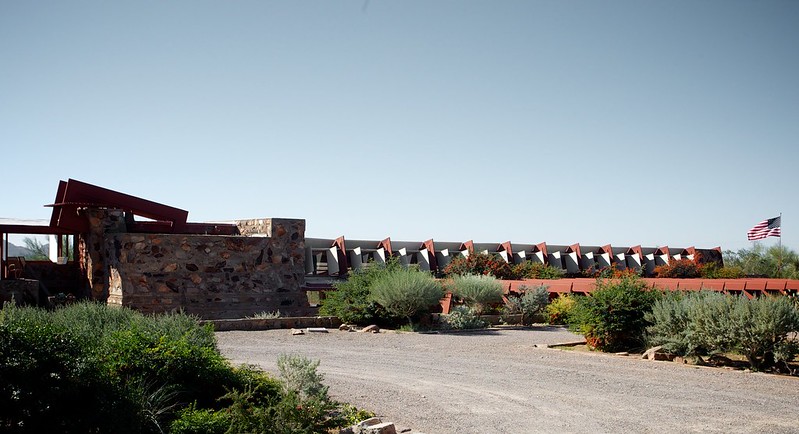It's true: I get to see some seriously cool locations. One of my favorites has to be the recently completed Fig House in Los Angeles. Located in Highland Park, Fig House touts itself as a bespoke events venue, catering to a wide range of clients; they do everything from weddings to corporate parties to photoshoots and everything in between. Fig House is exciting and fresh, and a definite change of pace from what I usually shoot. With an eclectic mix of styles (everything from 1920s Hollywood to art deco with modern LA touches) it was a nice challenge to capture it all. I absolutely loved all of the color and variation throughout the space.
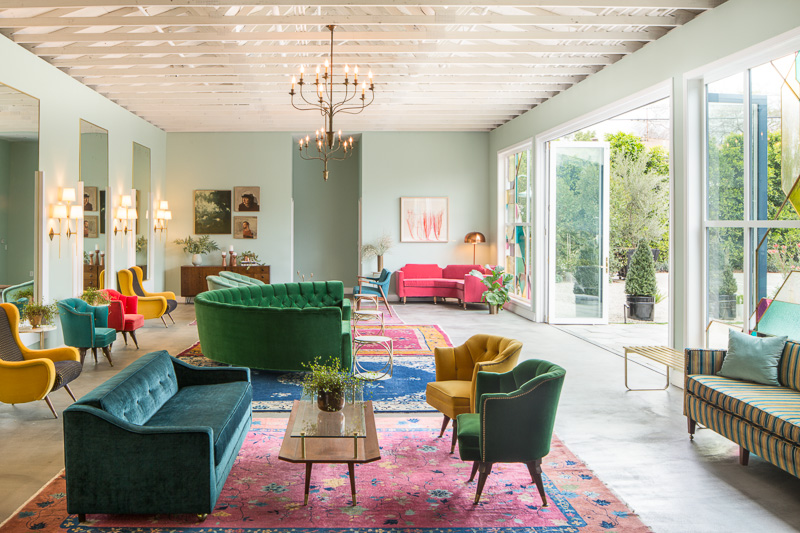
I opted to shoot this in a more natural light style - this place just came alive with color owing to the huge sliding glass door windows emblazoned with stained glass by Judson Studios. Since the design was full of color and a mix of styles, adding a ton of light wasn't going to do any favors: it would only make the scene busier. I'm all about lighting to the space - and what that space calls for in terms of photography in order to make it look the best that it can. No need to reinvent the wheel if you don't have to, right?
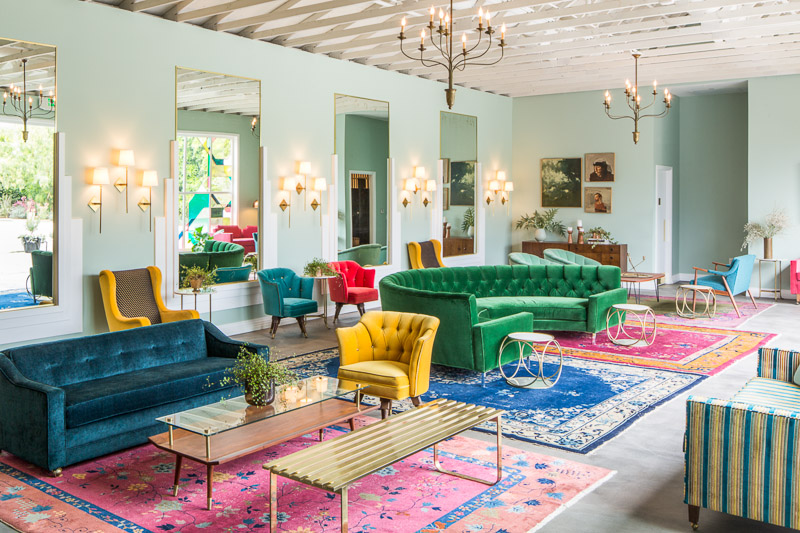
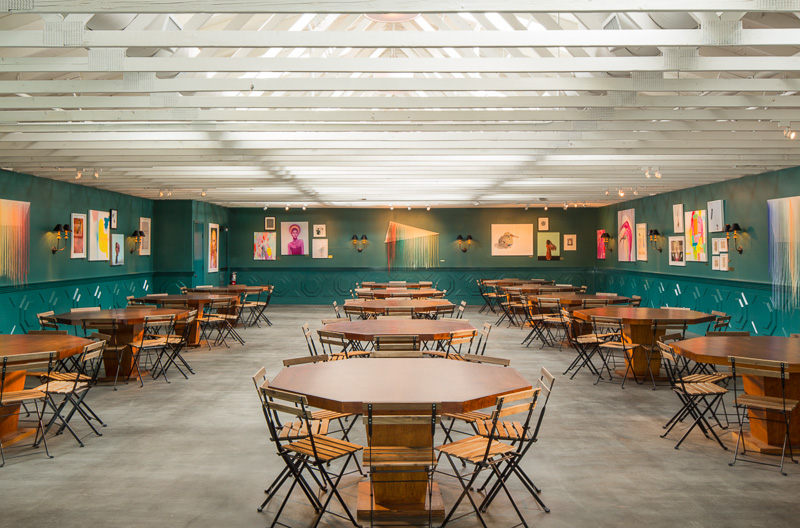
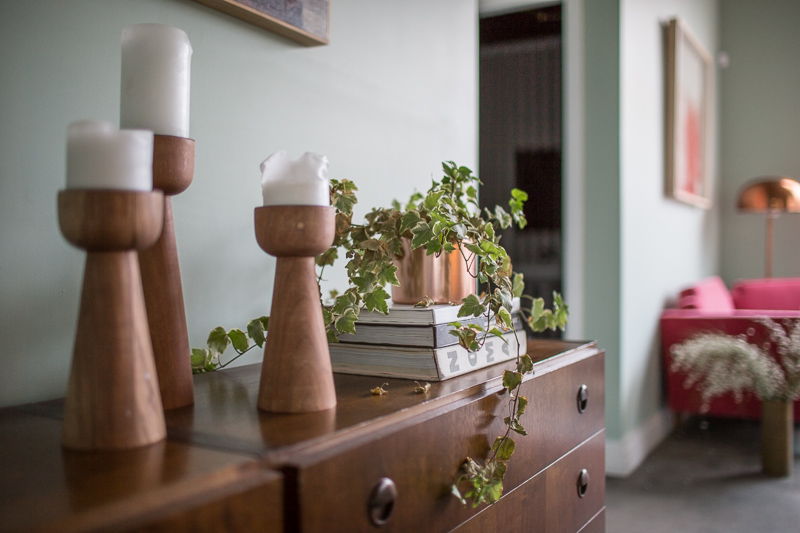
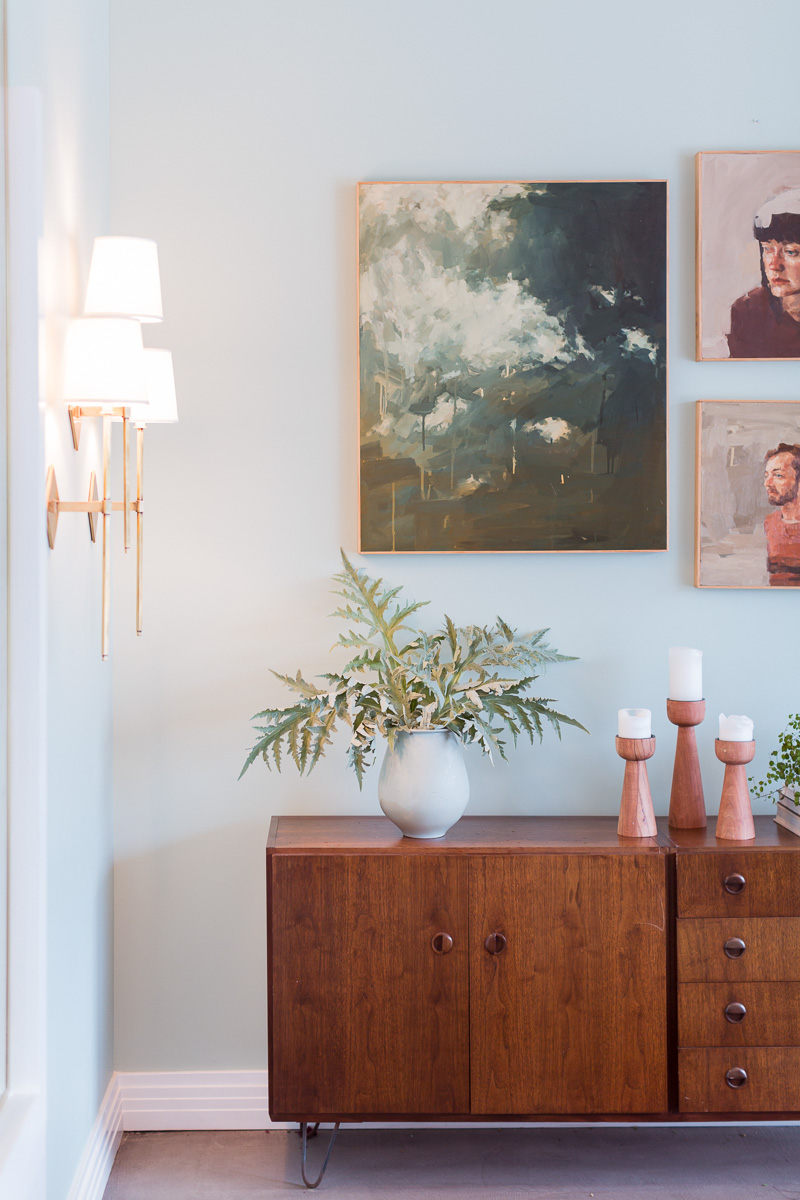
Next door to Fig House is Roomforty, a catering and restaurant service with a charm all it's own. While this was merely an accesory to the Fig House shoot, I absolutely loved the decoration and design of the tasting room, where potential clients can get a taste of the food made right on site or friends can gather to have a private meal of their own during a function at Fig House.
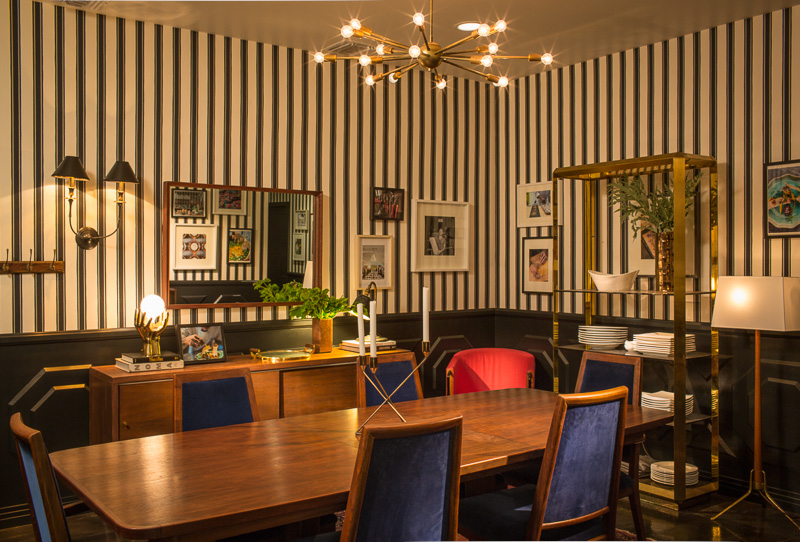
And of course, what blog post would be complete without mentioning the perks of being an architectural photograhper? Roomforty's food, as expected, was absolutely jaw-droppingly delicious.

